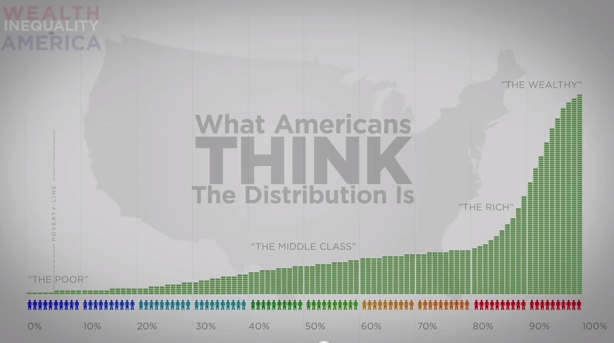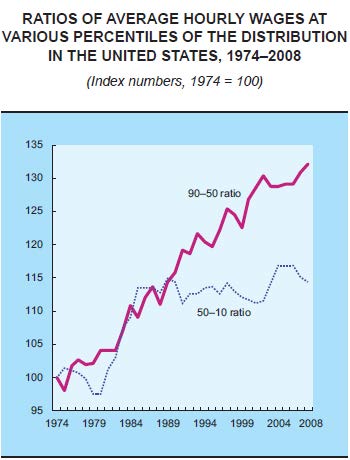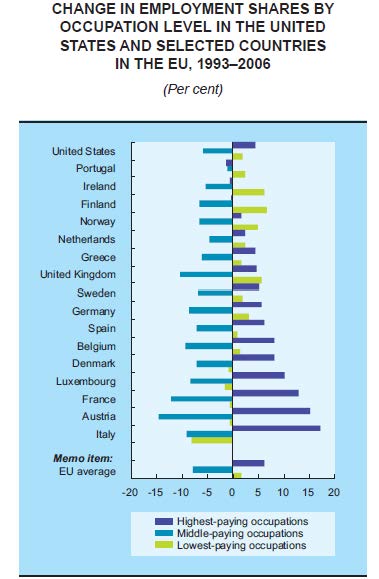
Compared to some European countries, the United States has a weak tradition of labor-based activism. All too often, this leads to the invisibility of labor issues. Take for example, this commercial for Simply Orange® brand orange juice. In an attempt to present their product as a natural alternative to other brands, Simply Orange juxtaposes images of natural orange growth with common phrases relating to the structure of a manufacturing organization. The tree is their “plant” (a marvelous pun), the orange blossoms are the “workers” that produce the fruit, and the sun itself becomes “upper management.”
Even though this commercial is humorously centered on the process of producing orange juice, there is not a single human being present in any of the images. It is a story about making a product in which nobody actually makes anything! This message cleverly sells the product, but it also obscures the real labor that went into growing, picking, and juicing the oranges and downplays the contributions to the process made by real people. All that productive effort is condensed into the image of an orange blossom, as if it can be assumed that such production will just naturally occur like an annual blooming.
The reality of orange juice production is much less sunny. According to statistics recently compiled by the Southern Poverty Law Center, there are roughly 20,000 undocumented workers in Florida that are subjected to harsh working conditions as growers compete with imported oranges in a “race to the bottom” for a cheaper production process. The illegal status of many of these workers makes them easily exploited for substandard wages, because they are often afraid to challenge the policies of their employers.
In a Marxist theoretical perspective, the way that these workers are rendered invisible by the public image of the commercial is a prime example of alienation: a tension in modern capitalism in which the workers in a mass-producing industry are separated from the fruits of their labor. Where at first it was merely the physical product that was taken from those who produced it to be sold in the market, now the credit for even participating in the process is being abstractly torn away.
This commercial also challenges the realities of the labor process, associating modern concepts of work organization such as “the plant” and “upper management” with images of natural growth. These associations allow the commercial to imply that their methods of labor organization are somehow rooted in a simpler way of doing things that is more harmonious with the natural order. By hearkening back to these roots, the organization is rendered harmless, as if to say the complexities of modern labor relations do not apply to the simple production of orange juice. All together, the choice to portray the associations in this commercial serves to hide the realities of agricultural production in the United States and limit the viewer’s potential curiosity about the way the process really works.
Evan Stewart is a Ph.D student at the University of Minnesota studying political culture. He is also a member of The Society Pages’ graduate student board, and you can follow him on Twitter.














